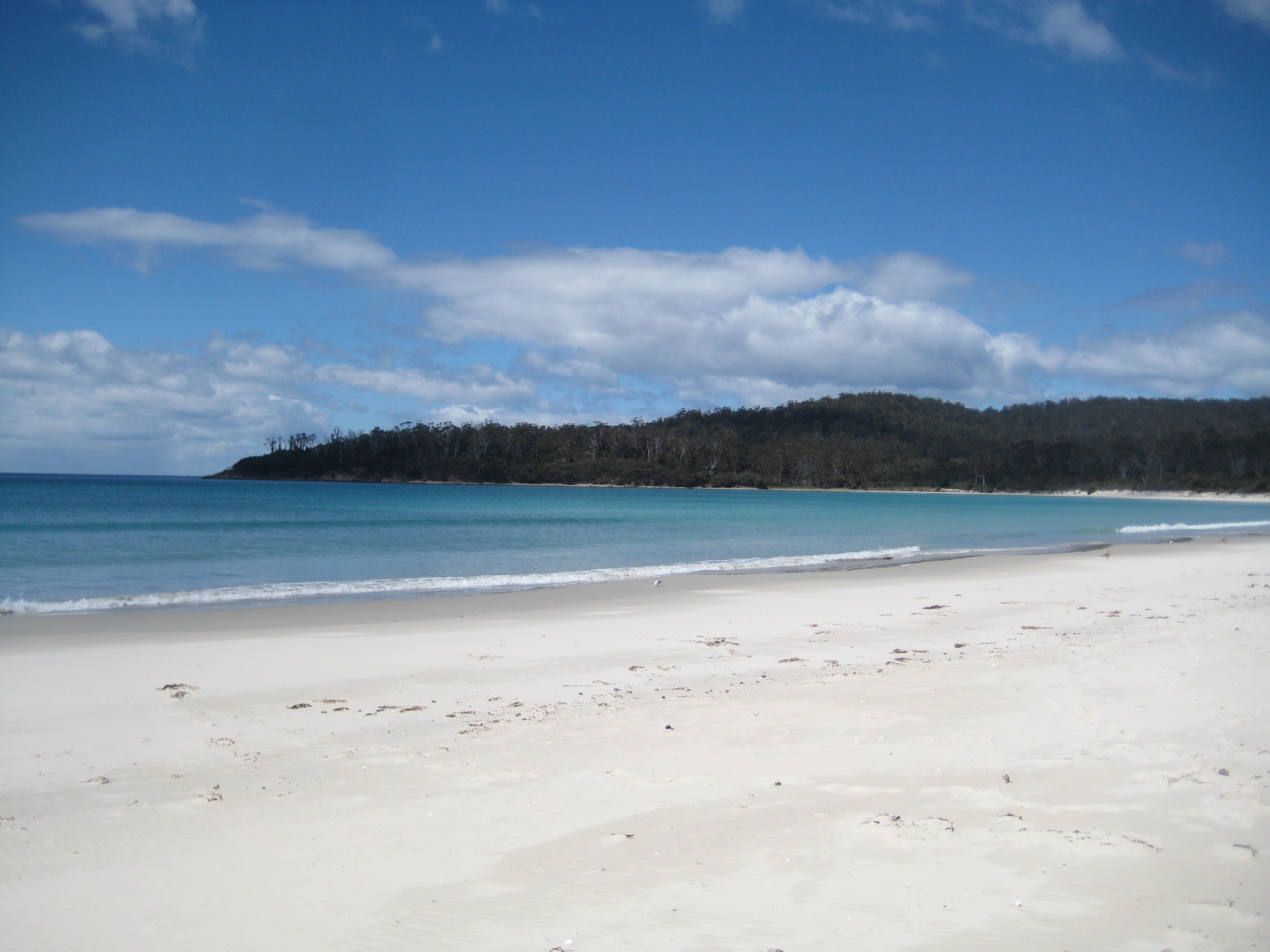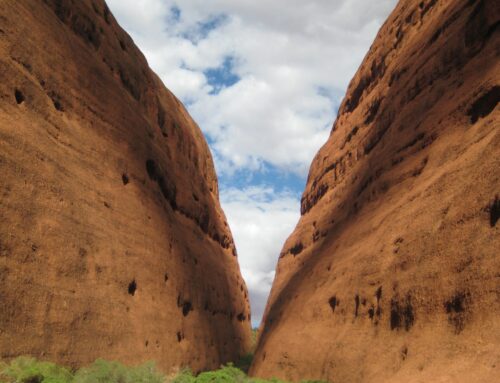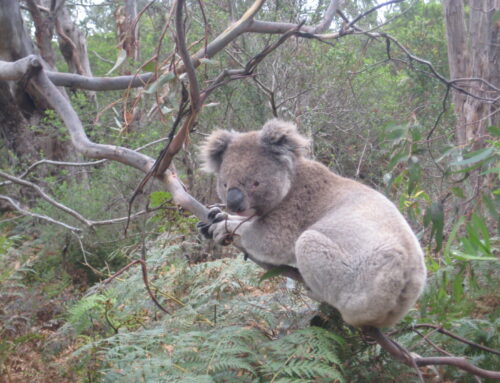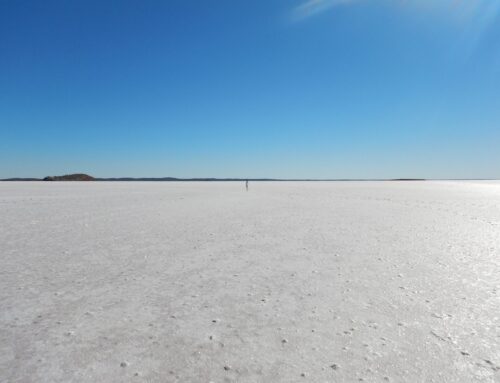Many people have heard of Tasmania
the island state off the south coast of Australia. some Australians think of Tasmania as some Americans think of Canada – sort of your younger, not so hip brother. But what Tasmania lacks in shiny big cities it more than makes up for with beautiful scenery, wildlife, forests and mountains and rivers, delicious local foods and fascinating history, all packed into an island the size of Ireland or the state of West Virginia. There are great walking tours, here, but one of the most interesting is off the coast of Tasmania.
Not many people have heard of Maria Island
(Maria is pronounced with a long i) is an even smaller island off the east coast of Tasmania. It is only twice the size of Manhattan.
Mountains, dramatic shorelines, beaches, wildlife and birds galore, it is a microcosm of the best of Tasmania. There are few buildings on the island, abandoned homesteads and the small village with remains of the 19th century prison probation station, where the convicts had to build their own prison cells and just about everything else. What was quarried and harvested was used on the island and the excess sent back to the mainland. In the late 1800s into the early 1900s there was farming on the island and some quarrying and light industry. That pretty much ended with the Great Depression and other factors. There are no permanent residents now except for park rangers.
Now it’s a land that time and the two-legged and four-legged (and no-legged) creatures have claimed for their own.

Maria Island Landing
Except for a walking tour company
based in Hobart that takes small groups on island explorations in the spring and summer seasons. The Maria Island Walk runs 3 night/4 day walking trips around this beautiful island, taking in the coastlines, the mountains, the historical buildings, and the wildlife. This is home to wombats and the rare forty spotted pardalote birds, to ocher deposits used by Aboriginal groups, as well as grassland, rivers, and forests.

Wombat

Ocher rocks
You carry what you need in day packs (ideally 10-15 lbs-and now there is an option to have your pack transferred to each camp) and walk 5 to 12 miles a day, at a leisurely pace.
Two nights
are spent in comfortable platform tent camps where the guides prepare gourmet meals (with wine).


The third night
is spent in a historical home, turned B&B for the group. Hot showers are enjoyed and the final meal is served in the beautifully restored dining room. There are opportunities for extra hikes, perhaps a swim, relaxing on the beach.

Bishop and Clerk Mountain
I hope you make it up the mountain, as I got about halfway up and decided the shale-covered switchback trail wasn’t for me. One of the guides was encouraging and would have stayed with me if I had persevered. I gave us both a break and headed down.
More Info
The Maria Island Walk is part of the Great Walks of Australia.
Groups are limited to 10 and have 2 guides. They are well versed in history, flora and fauna, and go out of their way to find the wombats and rare birds. They are also great chefs!
This is the perfect trip for people who want to get outside and see several ecosystems in a short time, who want to see some of Tasmania’s history, who don’t mind leaving the hustle and bustle of city sightseeing behind for a few days. It’s comfortable, the food is great and the scenery is different every day.
The tour meets in the Hobart offices to pack up (they will store your extra luggage and help you get your pack in shape) and the group is transported to the town of Triabunna, where the boat heads out to the island. From there it’s about an hour trip across the Mercury Passage to the isthmus of Maria Island. Transfer to zodiacs and enjoy the beach landing and begin hiking from the beach into the woods. It’s a trip worth remembering!






